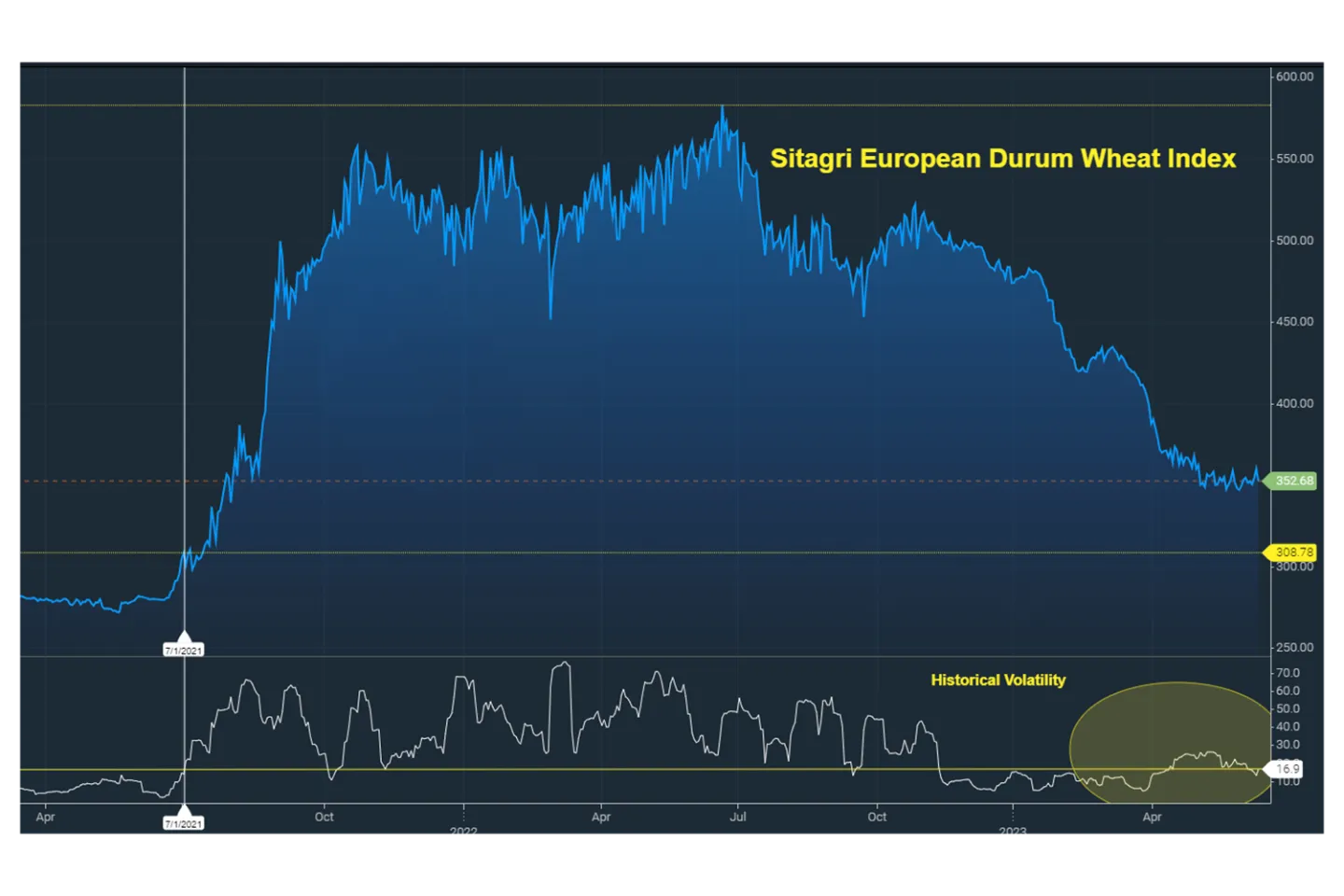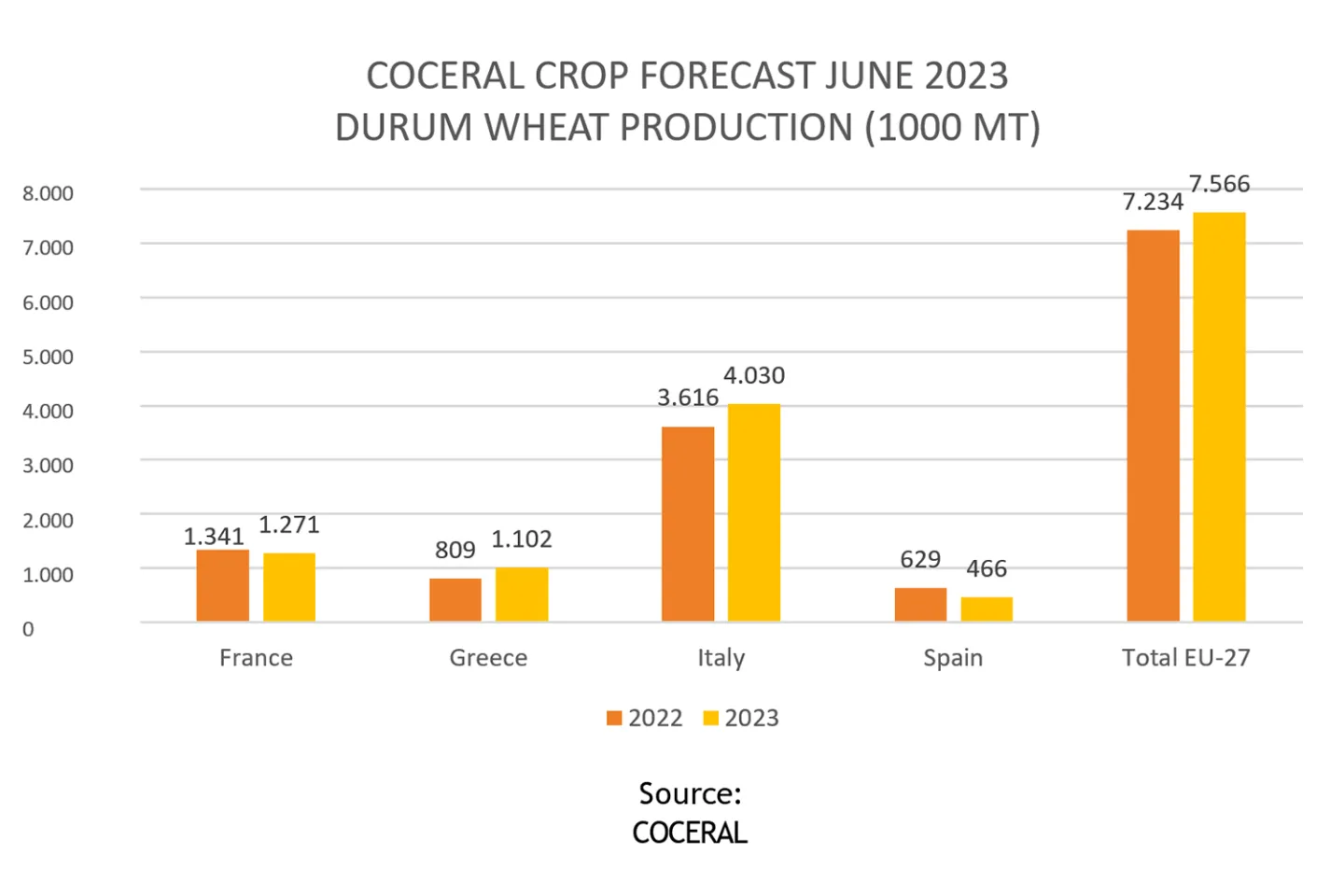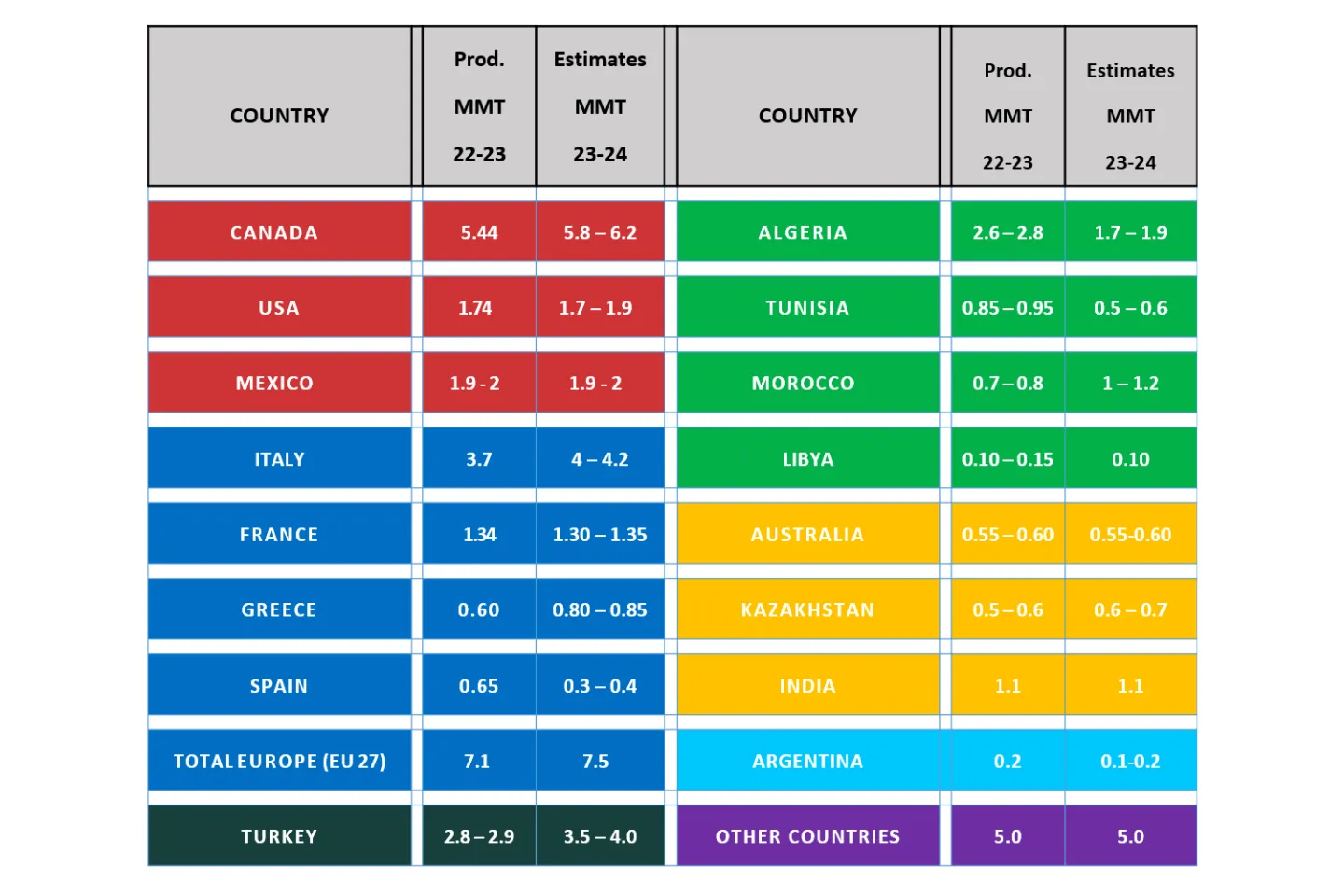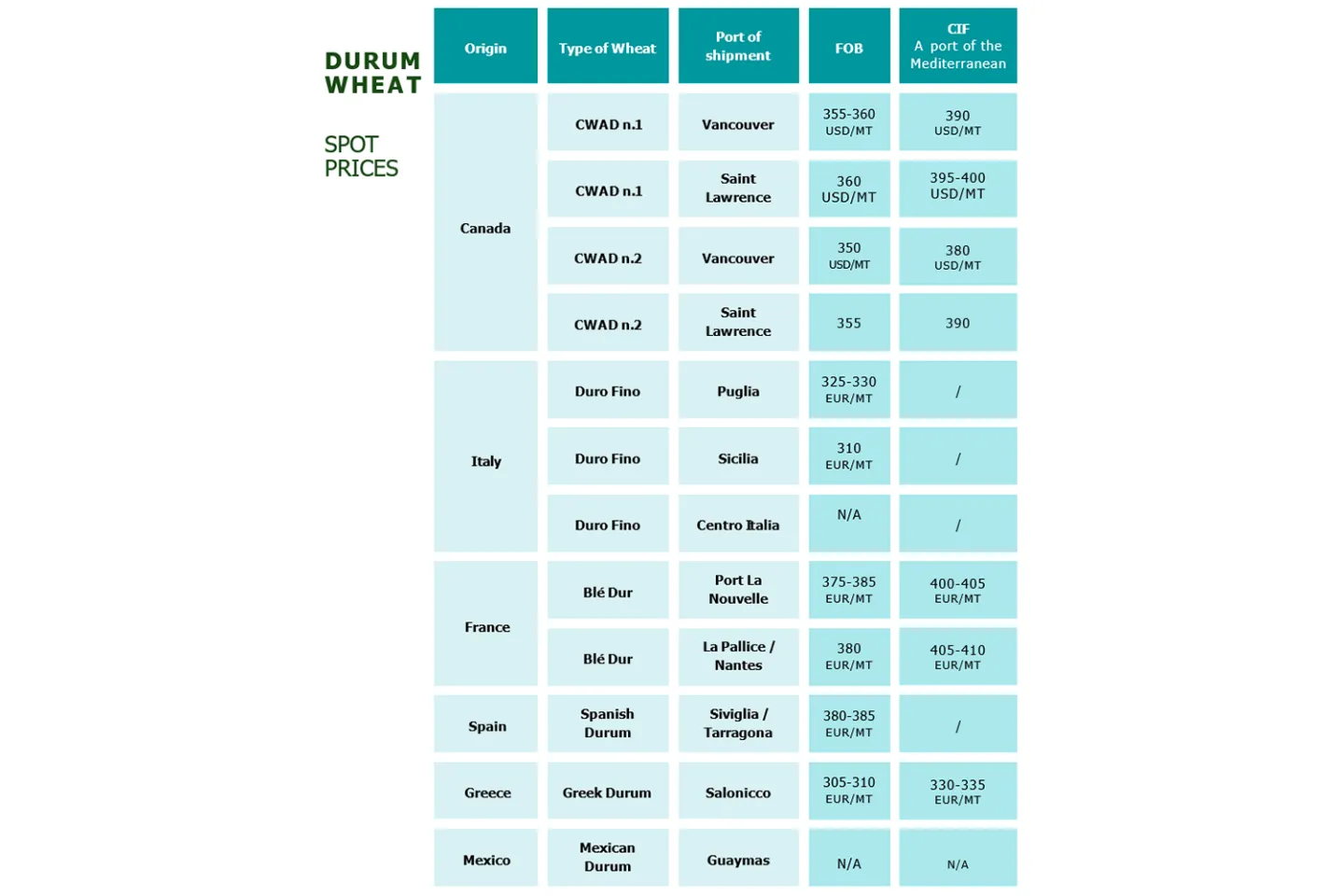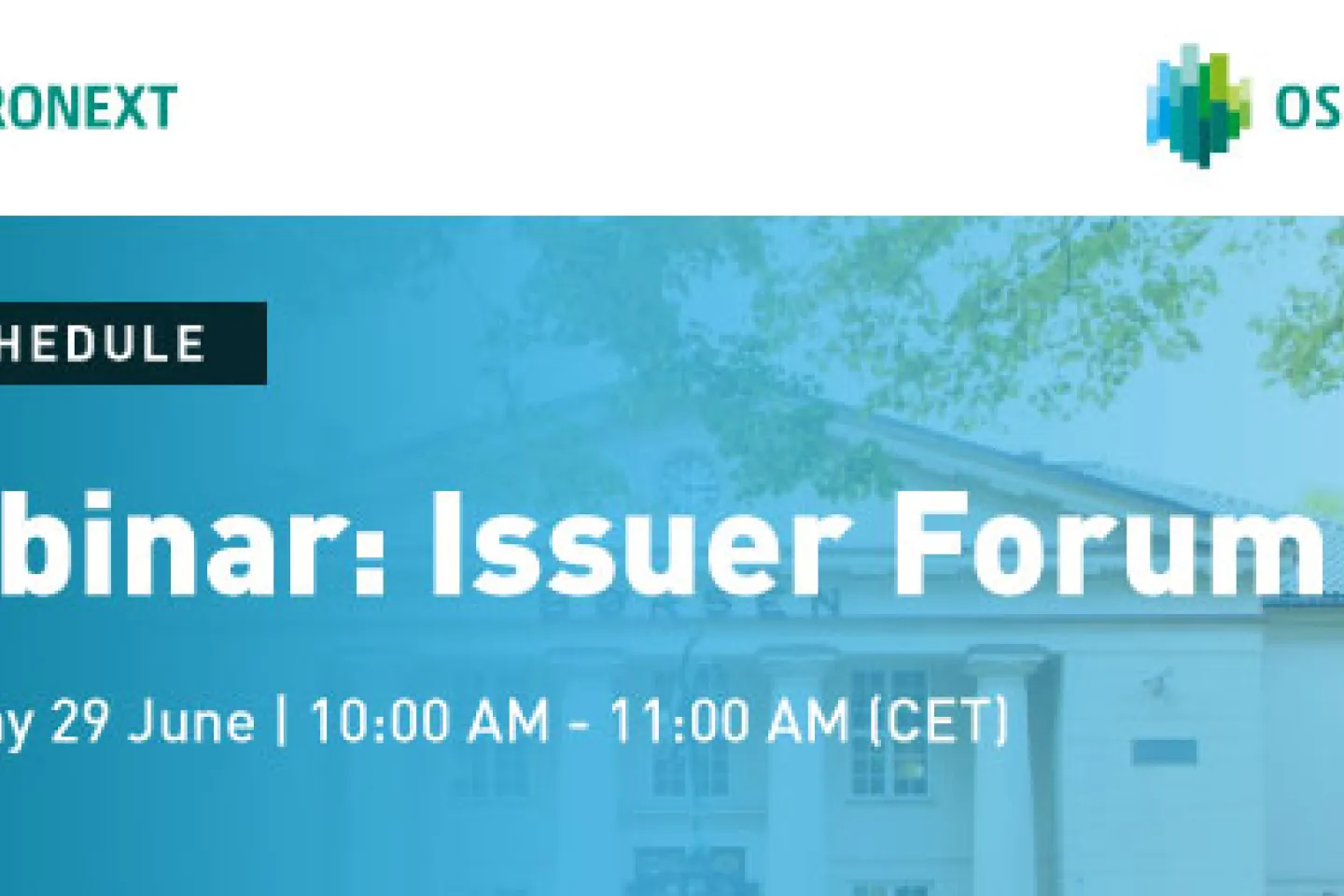Learn more about the risks and safeguards you need to know regarding Non-Fungible Tokens (NFTs)
FTA Online News
With the growing popularity of NFTs, it is essential that users understand the risks and safeguards.
The rights embedded in an NFT
An NFT is a non-fungible token which collects a set of digital information within a blockchain and confers ownership rights on a given person.
The tokenisation process converts rights to a real or digital asset, such as a work of art, into a digital token recorded on a blockchain, through a smart contract that connects the asset to the token and creates a verifiable digital scarcity of digital ownership.
Blockchain ensures that each token is not replicable or modifiable and “certifies” the ownership declaration of the token, but not of the real work of art. It is therefore crucial to understand which rights you are buying with a given NFT.
Infringement of intellectual property rights
A smart contract is included in the design of NFTs, and is executed when certain requirements are met. In this way, the intellectual property and the authenticity of the work represented through the NFT are protected: this happens when the author or artist of the work creates an NFT connected to the work. By virtue of NFTs, it is possible to grant a certificate of authenticity and to trace subsequent exchanges.
It may nevertheless happen that the person who mints the NFT does not have the permission of the artist or the creator of the work. A recent example is the case of Nike suing the reselling platform StockX for the unauthorised sale of 500 NFTs depicting Nike sneakers.
Before acquiring an NFT, it is therefore necessary to verify the “match” between the identity of the artist who created the work and the person who is selling it. This test can be provided by linking a certificate of originality to the smart contract included in the NFT.
The resale right for NFTs
The resale right is the right of the artist to benefit from the works they created even after selling or assigning them, participating in any increase in their value over time and in subsequent assignments.
Including a smart contract within an NFT that provides for the application of percentages on subsequent sales, allows the original author to monetise these over time. At the same time, the presence of this clause implies potential lower revenue for the buyer of the asset at the time of a future sale.
Ultimately, therefore, a buyer of an NFT will have to take into account all typical problems relating to copyright and resale rights which are typical of works of art and which are analysed in more detail in the article on taxation of NFTs.
Wash trading of NFTs
Another risk when buying a NFT is related to illegal price manipulation practices: this is the phenomenon of wash trading, a transaction carried out by some sellers to increase the value of an NFT artificially. In practice, the seller sells the digital asset to themself, transferring it to another wallet which they own, thus illegally inflating the value of the NFT and leading interested users to believe that it is an object with speculative potential. For a market that, while declining, registered transactions of more than $44 billion in 2021, the danger is real. According to Chainalysis, during 2021, around $8.9 million in profit was made from “wash trading” activities on NFTs.
Buying and selling NFTs safely
The lack of regulation of the NFT market also means that there can be fraudsters and speculators among NFT investors. Investors approaching the world of NFTs for the first time should therefore follow certain rules:
- The value of NFTs fluctuates over time: do not let yourself be carried away by the market, but always remain aware of the objective of the investment.
- Choose Marketplaces that are considered to be safer and more regulated.
- Open secure wallets and be sure to store NFTs in multiple secure wallets with advanced encryption systems.
- Seek documentation on NFTs of interest, checking out communities of fans.
- Be aware of phishing, links, emails or fraudulent messages that lead users to share sensitive information that can lead to theft of NFTs from the wallet.
NFTs: the risk of Ponzi schemes
Like all investments in markets with little or no regulation, NFT investments carry several risks. In particular for NFTs, many of these risks can be compared to those typical of investments in works of art: from the problem of authenticity to that of copyright and resale rights, from the value of the investment over time (often linked to unforeseeable and subjective factors) to any concrete relationship with the work of art linked to the token, whether digital or physical. Various observers have also highlighted the risk of pyramid schemes, better known as Ponzi schemes, which could create asset bubbles and significant losses.
There is indeed a risk related to pyramid schemes, but it is not too specific due to some typical features of NFTs. The typical Ponzi scheme works more or less as follows: an entity creates a fund and issues its units on the market, which are subscribed by various investors. Instead of paying investors back with investment outcomes, the pyramid scheme uses resources received from new subscriptions. The more successful the fund is, the more new investments rain down, remunerating old investors, starting at the top of the pyramid and then gradually trickling down to the most recent ones.
When subscriptions drop or some real investment goes badly, however, the game breaks down and the truth emerges overwhelmingly, as in the famous case of Bernie Madoff. Even the crypto world has witnessed giant Ponzi schemes, such as that of OneCoin, with which the Bulgarian criminal Ruzha Ignatova stole as much as $5 billion before fleeing. There were also the cases of BitConnect and PlusToken. There are many more cases of fraud and the Washington Post has even listed six warning signs: implausible returns (e.g. 1% a day), promoters flaunting an affluent lifestyle, proprietary secrets that block transparency on tools, proselytizing drives, participants who boast of large gains, the difficulty of liquidating investments at a given point.
In fact, NFTs have some features that make them favourable for the creation of Ponzi schemes, but have other features that hinder this. NFTs are difficult to value (like a work of art in many cases), can initially deliver very high returns, still have vague and uncertain regulation, are new and therefore less well known and easier to use to devise scams. At the same time, however, NFTs are by definition unique (although the buyer must carry out all the necessary checks), so they are not as fungible as the shares of a fund which conceals a Ponzi scheme. The life cycle of an NFT normally goes from the creator (artist) to the seller (auction house and similar) to the buyer (investor), with each NFT having its own path, so that it is difficult to include it within a pyramid scheme which provides for a close link between all NFTs and their owners over time.
NFTs: the risks of MLM (multilevel marketing)
Another controversial selling practice is that of multilevel marketing (MLM), which is legal in Italy within certain limits, unlike Ponzi schemes or chain letters, but is often compared to and merges into Ponzi schemes. This consists of a distribution system in which a company not only sells its products to customers, but also encourages them to sell their products in exchange for profits. A chain is thus constructed in which a large proportion of profits move upwards, while greater pressures persist on the base.
This can happen in the world of NFTs, such as in the case of special collectible NFT PFPs. PFP is the acronym for Photo for Profile, and recently, several such images, real avatars, have absorbed an important part of the NFT market, as in the case of the CryptoPunks and Bored Ape Yacht Club series. The success of these profiles has generated a strong market which, as often happens, has fed on the prestige associated with certain successful NFTs or the fear of being cut off from a trend (fear of missing out, or FOMO). This has triggered mechanisms similar to multilevel marketing in the purchase and sale of these NFTs.
Every time a fashion is created and spread, there is a danger of multilevel marketing mechanisms, pyramid schemes, speculation and fraud. The world of NFTs evidently also faces these dangers.
Learn more about NFTs
NFT (Non-Fungible Token): cosa sono e come funzionano - Borsa Italiana
NFT: qual è la differenza tra token fungibili e token non fungibili - Borsa Italiana
